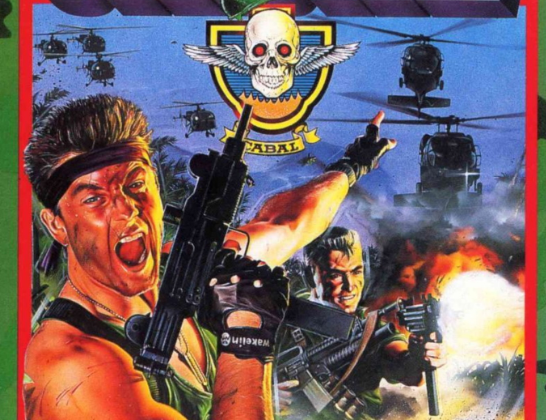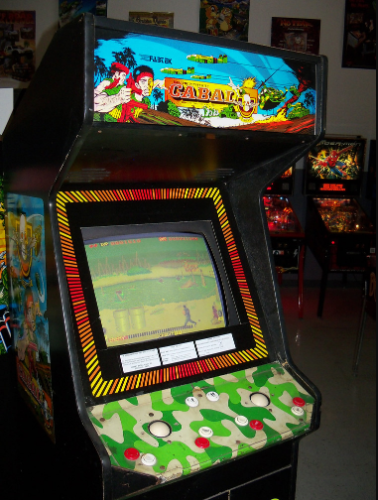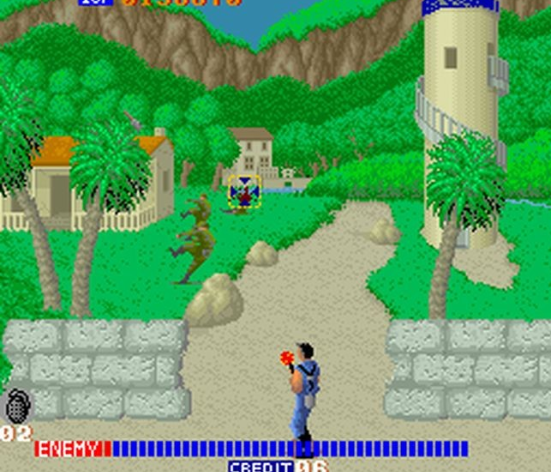The most iconic and original war games of the 80s

Until 1987, rail shooters, such as Operation Wolf, had a first-person view and the impossibility of managing the protagonist, just control his point of view. That will change over the years, introducing different variables, such as the pedal to be covered in Time Crisis. But in 1988 there was a small revolution with Cabal, creating another different subgenre.
In essence it had a similar mechanic, when controlling a pointer to shoot, except for the detail that we also controlled the character with a third person view. Needless to say, after this work by TAD Corporation, there were countless imitators.
That peculiarity in the control was the most attractive point of Cabal, since it mixed two styles and came out well off the matter, as it was not difficult to get used to having to control the crosshair with the same stick or crosshead with which we moved the protagonist . The difference was when it came to shooting.
And it is that when pressing the fire button, the character stayed still and moved only the crosshairs; if he let go, it was the soldier who moved. A very original combo that in practice worked better than expected.
Older we had a button to perform a somersault, frankly useful to avoid enemy bullets, and another button to launch grenades. Needless to say, almost the entire stage could be destroyed for our feast. Because at that time it was most gratifying, and if not tell the great Rampage.
By power, we could even destroy the opponent's bullets if we hit the target: it didn't matter whether they were bullets from assault rifles, tank cannon shots or dynamite, there was a way to defend ourselves in that way and stay like a statue in one spot without releasing the trigger. For the bravest soldiers, go.

Cabal was structured in five phases, with four sections each and its corresponding final boss. The crossing lasted a sigh and in the second phase it was clear that it was repetitive, by not introducing more different enemy troops. It only brought freshness to the bosses of each phase. And a little more.
It really mattered little at the time, since the freshness came from precisely that different style when playing a war game. And all this under a casual touch, as was evident with the iconic dance when overcoming each sector. He even took into account if there was water to dance swimming.
As arcade that it was, there was no shortage of scoring for points and getting more extra lives, with the possibility of increasing the number of grenades by shooting the doctors who were on stretchers. Or make it even easier to destroy the stage with all your enemies using other limited-use weapons.
He was accompanied by a cooperative mode for two very grateful. And of course, it was what was most enjoyed in his home conversions. Two years later, TAD Corporation would launch its spiritual successor set in the Wild West (Blood Bros.), having its replica by Natsume in 1994 with the unforgettable Wild Guns of SNES. Until SNK did not miss the opportunity with NAM-1975 in 1990, which seems an update of the mythical Cabal.

Yes, better than expected. Its years are evident, it is evident, but it is still a fairly enjoyable game ideal for short games. For something Cabal continues to be a benchmark for those of its kind. And their dances marked a whole generation.